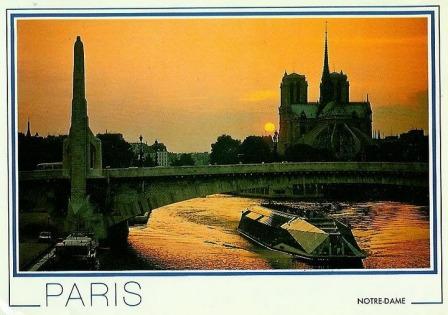Manú visited Montalegre, a city in northern Portugal, a few weeks ago and sent me these 4 cards from there. Just a few days later, Gracinha, also sent me one of these cards, the last one.
Edição: Câmara Municipal de Montalegre
This 1st card is showing a "chega de bois", a bulls fight. This is an important part of the cattle breeders activity in the portuguese region of Trás-os-Montes. Of ancestral origins, these bull fights were driven
in
the last decades
as an
incentive to the
creation of
the Portuguese
breeds, especially the Mirandesa and Barrosã breeds.
Every year, during summer, is held in Montalegre the Barrosã's breed National Bull Fight Championship and the Mirandesa's breed National Bull Fight Championship in Vinhais.
The idea of these fights is to approach two males, which will keep their
heads against each other
to
determine the
strongest. These
fights rarely
imply some
kind of
injury to any of
the animals.
Edição: Câmara Municipal de Montalegre
A lady shepherd with her herd in Larouco mountain.
Edição: Câmara Municipal de Montalegre
Montalegre Castle is a portuguese National Monument situated at a place inhabited by Lusitanian people, Romans, Suevi and Visigoths in ancient times. It was built between 1279-1325. Under D. Afonso IV ruling, the still existing keep was erected. This castle is about 21m high and it has a cistern covered by carved stone.
Edição: Câmara Municipal de Montalegre
This historical structure, popularly named as “Roman Fountain”, is situated in the picturesque small village of Arcos, in Montalegre municipality.
This is a region with quite ancient human occupancy, rich in archaeological vestiges, many of them dated from the Roman occupancy of the territory.
The region is also characterized by its astonishing natural landscapes, rich in fresh and pure mountain water.
Many small villages and settlements in the region have taken advantage of this precious good. In most of the places one can find fountains that for centuries have supplied the populations with the freshest waters.
That’s the case of this granite structure, that supplied Arcos population for centuries.

.jpg)


.jpg)


.jpg)

.jpg)

.jpg)
.jpg)
.jpg)
.jpg)
.jpg)

.jpg)
.jpg)
.jpg)
.jpg)
.jpg)



.jpg)


.jpg)










.jpg)
.jpg)
.jpg)